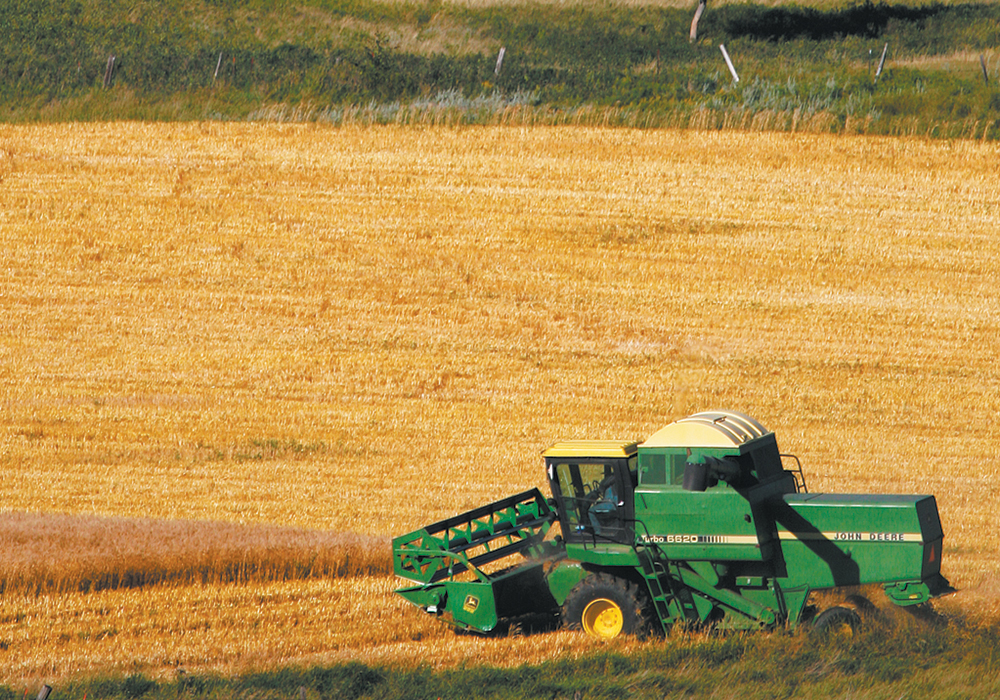CHICAGO, (Reuters) – Nearly one-third of projected U.S. net farm income this year will come from government aid and taxpayer-subsidized commodity insurance payments, according to a forecast issued last week by the U.S. Department of Agriculture.
The USDA increased its net farm income forecast for 2019 by more than 10 percent, to $92.5 billion, driven largely by the Trump administration’s trade aid payments to farmers and federal insurance indemnities from extreme weather events, USDA Economic Research Service senior economist Carrie Litkowski said in a conference call with reporters.
Read Also

Pakistan reopens its doors to Canadian canola
Pakistan reopens its doors to Canadian canola after a three-year hiatus.
Without those payments, U.S. net farm income this year would have dropped by nearly eight percent, to $63.6 billion.
Total direct payments to the nation’s estimated two million farms are expected to surge to $22.4 billion this year, a 64 percent increase over 2018 and the highest rate paid out since 2005, Litkowski said.
Farm income also was boosted by an estimated $6.5 billion paid out in federal commodity insurance indemnities, which does not include the premiums that farmers paid themselves, she said. That includes crop insurance payments Midwestern farmers received in the wake of record floods that devastated a wide swath of the Farm Belt this spring.
Farmers have struggled to stay afloat as the trade war with top U.S. soybean buyer China drags on, and the U.S. Congress has not yet ratified the United States-Mexico-Canada Agreement (USMCA).
Our great Farmers will recieve another major round of “cash,” compliments of China Tariffs, prior to Thanksgiving. The smaller farms and farmers will be big beneficiaries. In the meantime, and as you may have noticed, China is starting to buy big again. Japan deal DONE. Enjoy!
— Donald J. Trump (@realDonaldTrump) November 17, 2019
The Trump administration has, so far, pledged as much as $28 billion in two separate trade aid rounds. The bulk of the aid is in the form of direct support payments to U.S. farmers to compensate for lower prices for farm goods and lost sales stemming from trade disputes with China and other nations.
USDA’s latest farm income forecast does take into account the second round of 2019 trade aid payments, Litkowski said, which U.S. farmers began receiving this month.















